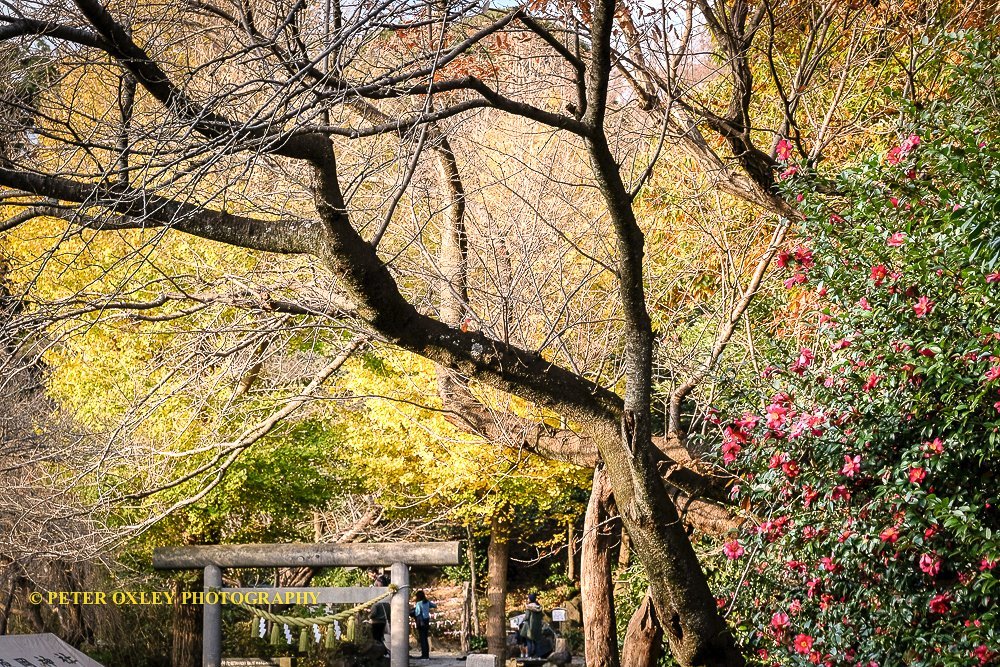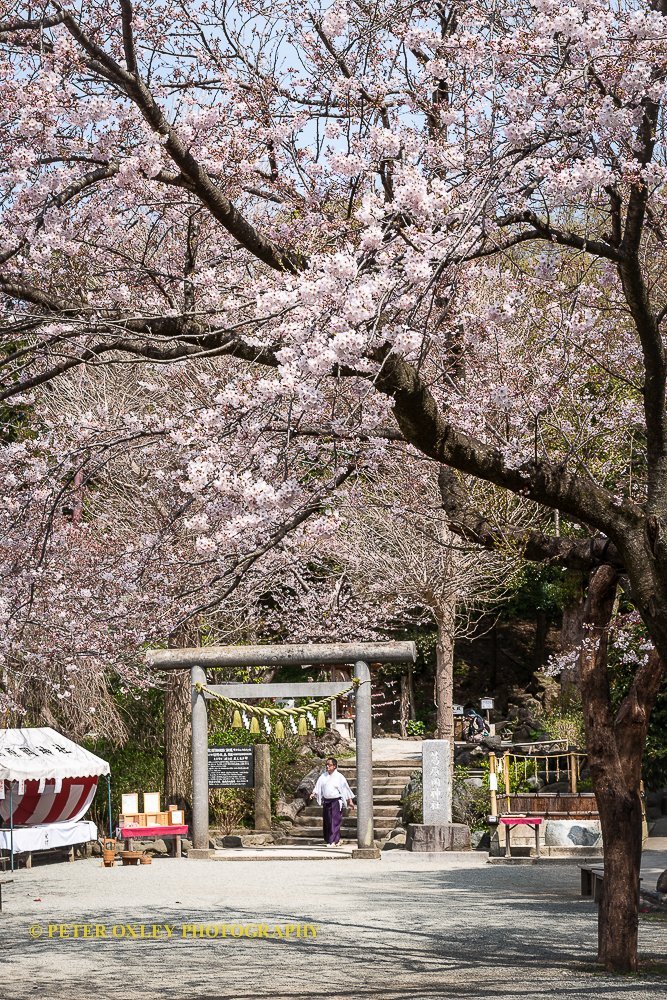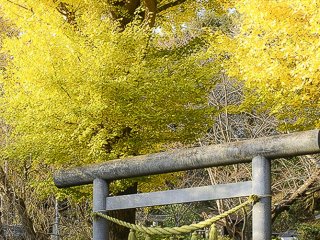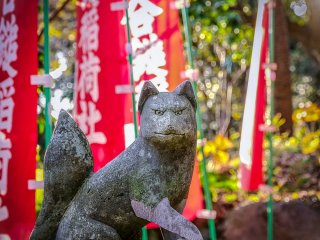Kuzuharagaoka Shrine in Genjiyama National Park sits atop the crescent-shaped range of hills that loosely defines the boundary of the bafuku (tent city), which served as the de facto capital of the Kamakura shogunate that ruled Japan from 1185 to 1333. The shrine was constructed in 1887 to honor Hino Toshimoto who was beheaded at the site in 1332.
An Ally of the Emperor Go-Daigo
Toshimoto was an ally of Emperor Go-Daigo whose forces defeated and ended the shogunate established by Minamoto no Yoritomo, Japan's first shogun or military ruler. Before that, there were two ill-fated attempts to seize back power for the imperial throne, one in 1324 and another in 1331.
Shoguns ruled and emperors reigned until the Meiji Restoration in 1868, when the emperor was proclaimed the divine figurehead of the Shinto religion and the nation's absolute head of state. The role of Buddhism as the dominant religion was downgraded in favor of Shinto, the samurai class was disbanded, and the feudal system of shoguns that had ruled the country with an iron fist for some 700 years was discarded to the dust heap of history.
Reinstated by the Meiji Government
Therein lies the dichotomy of history. Toshimoto was executed as a rebel, an insurrectionist, by the Kamakura shogunate, but after the Meiji Restoration was hailed as a martyr and reinstated to full honor as a heroic ally of the imperial line.
The same historical revision awaited Prince Morinaga, nephew of Emperor Go-Daigo, who was summarily executed in 1335 by the Ashikaga clan in defiance of the emperor who was then living in exile in western Japan. The prince’s remains are now enshrined in Kamakura-gu, a shrine purposely built in his honor in 1869 at the behest of the Meiji government.
Plans to Overthrow the Shogunate
History tells us that Hino Toshimoto was a nobleman in the imperial court in Kyoto who had the emperor’s ear when plans were being made to subvert and overthrow the shogunate in Kamakura. Unfortunately, he was betrayed twice: once in 1324 in what is called the Shochu Rebellion, when he was captured and tried but managed to escape with his life, and again in the Genko Rebellion of 1332, when he was recaptured, found guilty of inciting an insurrection, sentenced to death, and executed.
A Popular Scenic Spot for Visitors Today
History aside, Kuzuharagaoka is set amidst the rolling hills and old-growth forest of Genjiyama National Park. It is popular with tourists and locals alike, who come to enjoy the area’s splendid natural beauty, especially the sakura blossoms in April and the colorful autumn foliage in November and December. There are picnic tables and sweeping vistas to the east and west, graced by majestic Mount Fuji on a clear day. Besides the fresh mountain air, the excursion is a beneficial workout for able-bodied visitors.
In addition to the main shrine, other points of interest include a pond inhabited by turtles, an inari (fox) shrine, and a couple of rocks tethered together that are said to be a talisman of good luck for young courting couples. Add to that a plate-smashing wall where you can hurl a ceramic plate, Greek style, and wish for good fortune. Several hundred meters away stands a statue of the first shogun, Minamoto no Yoritomo.
Kuzuharagoaka Shrine is about 30 minutes walk from Kamakura JR Station. For a full fun day out, it is recommended to combine it with Sasuke Inari and Zeniarai Benten shrines, both in the vicinity. Conversely, Kuzuharagaoka can be accessed via the Kamakura-Daibutsu Hiking Trail, which runs from the Great Buddha in Hase to Joichiji Temple in Kita-Kamakura.










































